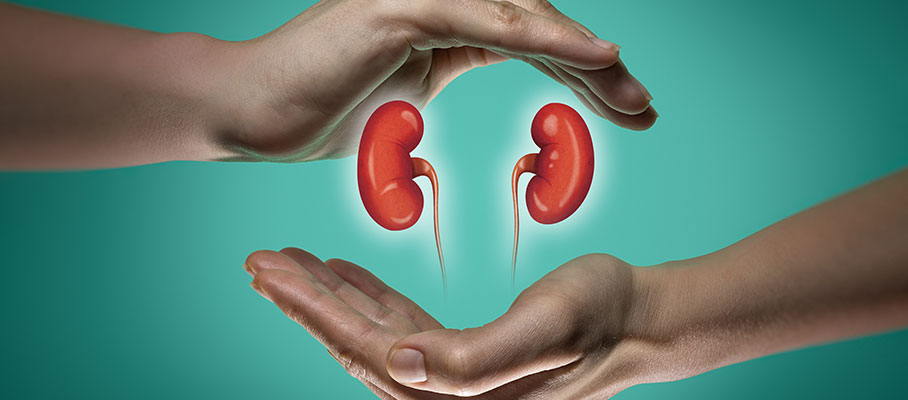1b) Our topic for🆓CE/#CME : #FSGS and BI 764198, a selective oral #TRPC6 inhibitor. You can learn more about FSGS here: https://t.co/dcHRskjRwL by @nephondemand and https://t.co/dcHRskjRwL by @edgarvlermamd#MedTwitter #nephtwitter @ISNkidneycare
— @CKD_ce (@ckd_ce) December 19, 2023
2b) And for the BEST (and ONLY) serialized #tweetorials #accredited for CE/#CME in #kidneydisease, FOLLOW US at @ckd_ce and at @KIReports!#MedEd #FOAMed @MedTweetorials
— @CKD_ce (@ckd_ce) December 19, 2023
3b) The answer is B: no. #FSGS is seen in 20-30% of cases in those with #nephrotic syndrome and can be found in up to 20% of patients on #dialysis. Current treatment includes #immunosuppression, which is often ineffective in genetic FSGS.
— @CKD_ce (@ckd_ce) December 19, 2023
5) The figure below depicts collapsing #FSGS. You can see the typical pattern of kidney injury characterized by segmentally or globally collapsed & sclerotic glomerular capillaries, with hyperplasia & hypertrophy of overlying glomerular epithelial cells. pic.twitter.com/ZoMDrJ8iBQ
— @CKD_ce (@ckd_ce) December 19, 2023
6b) The answer is B, #TRPC6. Mutations in transient receptor potential cation channel, subfamily C, member 6 (TRPC6) gene are associated with the familial #FSGS.
— @CKD_ce (@ckd_ce) December 19, 2023
7) #Proteinuria is thought to be from #podocyte-mediated injury from an increase in the #TRPC mediated calcium release. Increased calcium leads to cytoskeleton rearrangement, detachment, and ultimately disturbance in the podocyte barrier.
— @CKD_ce (@ckd_ce) December 19, 2023
8b) The correct answer is D, calcium. The intricate physiology of TRPC6’s effect on Ca release is shown in the below image. (Figure from: https://t.co/Ji9i51dfCA ) pic.twitter.com/SG0FwmRAiD
— @CKD_ce (@ckd_ce) December 19, 2023
10) This @KIReports article delves into #BI764198, a selective oral TRPC6 inhibitor, and discusses the study design and rationale behind a pending Ph 2 trial aimed at better understanding this potential renoprotective agent.https://t.co/zPs6kYIvxA
— @CKD_ce (@ckd_ce) December 19, 2023
12) Inclusion Criteria
— @CKD_ce (@ckd_ce) December 19, 2023
⚡Biopsy proven #FSGS or #TRPC6 monogenic FSGS
⚡Age 18-75 years pic.twitter.com/ymi5ZTLkeD
14) Endpoints: Primary
— @CKD_ce (@ckd_ce) December 19, 2023
⚡⬇️of >/= 25% in #UACR ratio as measured by 24-hour collection over 12wks
Secondary:
⚡change in 24h UACR from baseline at wks 12 & 13
⚡change in 24h #proteinuria from baseline to wk 12
⚡steady-state trough of BI 764198 levels at wks 4 & 12
15b) Data from this Ph2 study will, tho, provide insight into the short-term #antiproteinuric activity of BI 764198 & provide supportive evidence for phase 3 development of the compound. Recruitment for the study began Mar 2022 & the study is estimated to complete in 2025.
— @CKD_ce (@ckd_ce) December 19, 2023
17) The results of this trial will provide additional treatments for a specific and therapeutically challenging cause of #FSGS.
— @CKD_ce (@ckd_ce) December 19, 2023
18) This is @SaiAchi1 with @KIReports & @ckd_ce signing off. Special thanks to @sophia_kidney @brian_rifkin @ghobby @NephroSeeker @ISNkidneycare
— @CKD_ce (@ckd_ce) December 19, 2023
Now go claim your 0.5hr 🆓 CE/#CME at https://t.co/eaOVmlHZfE and FOLLOW @ckd_ce for more #renal #MedEd!#nephtwitter
